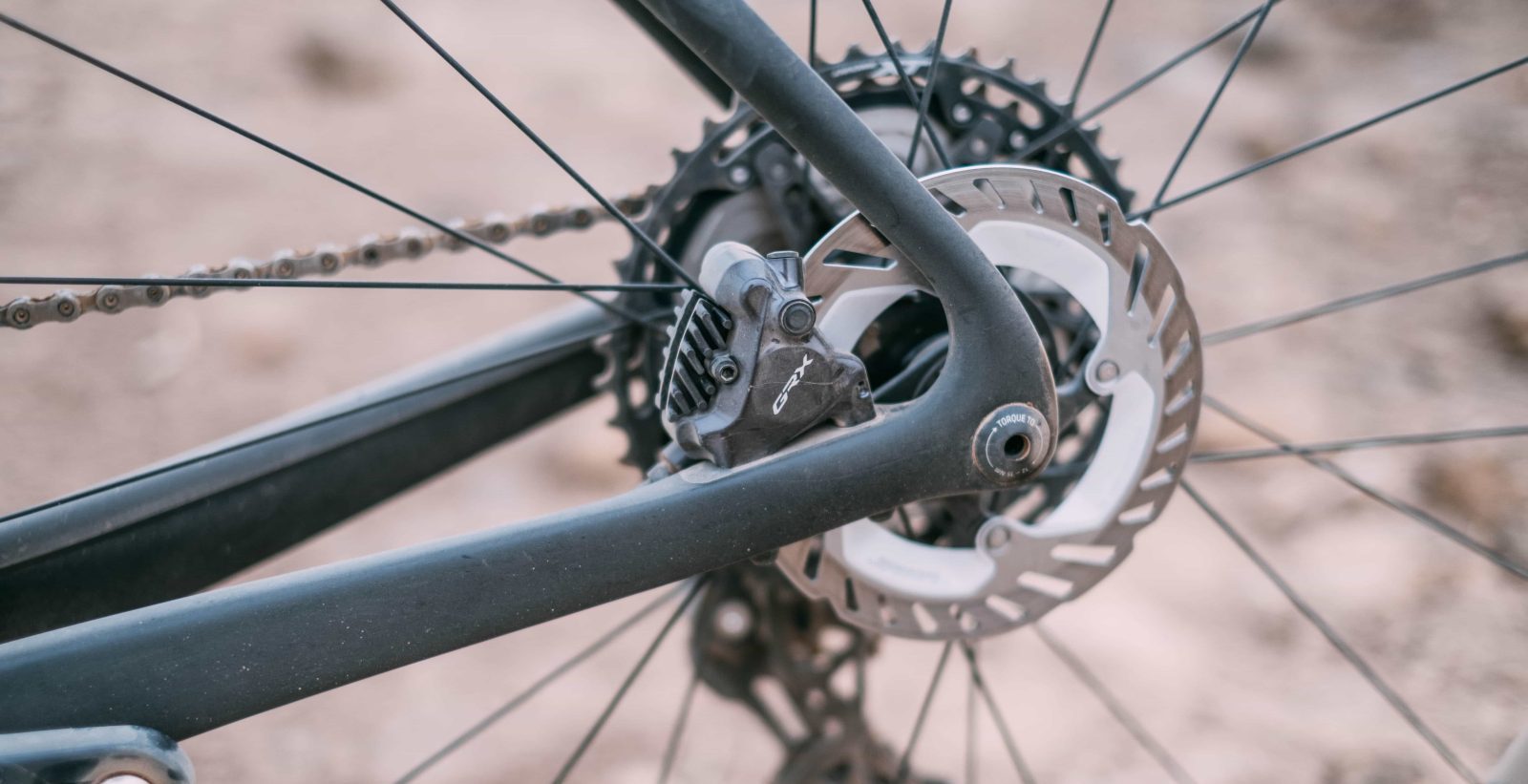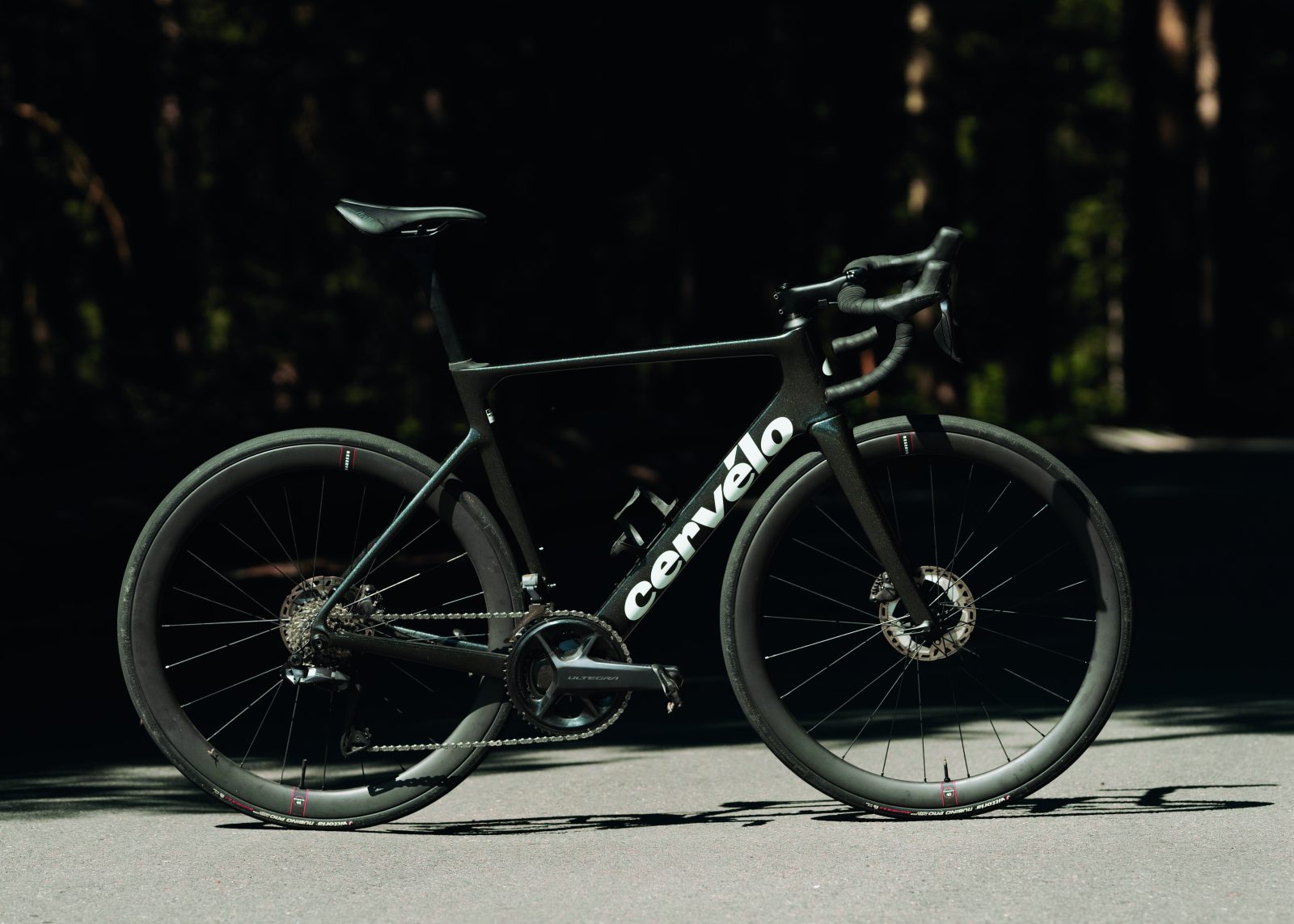Don’t just shove ride items in your jersey pockets at random. There’s a subtle art to perfect pocket packing
‘Do I have opinions on pocket organisation? Are you kidding me?’ That was the response of Frank Strack, protector of The Rules, and Cyclist’s own arbiter of cycling etiquette. We thought the issue of pocket packing would be quite straightforward, but how wrong we were.
‘You’d be amazed at the amount of time and thinking that goes into it,’ says Rapha product designer Graeme Raeburn. ‘We often attempt ergonomic and complex designs in our jersey pockets, but for our Team Sky racing jerseys we have a standard cut, with all three pockets at the same height – a special request of the team. The reason is that they just want simplicity, a single straight line of elastic to mark all the pockets so they have no problem mixing up pockets between garments and so on.’
Simplicity and symmetry, it seems, are key to good pocket maintenance. Yanto Barker, pro rider for Team UK Youth and owner of Le Col cycle clothing, feels strongly on the issue: ‘If you don’t pack the pockets equally, or symmetrically, apart from the personal irritation of the jersey potentially twisting,
I just think it’s plain wrong.’

Asymmetry is perhaps the most discussed facet of jersey etiquette. ‘Balance whatever you bring evenly between your side pockets,’ Strack says. It’s not just a vague guide – it needs to be followed meticulously: ‘If the ride is a few hours, put a bar in each pocket, plus assorted gels, but keep it even. If you have a pair of discarded gloves or arm warmers, keep one of each in each side pocket.’ Tubes, tyre levers and multi-tools must all be similarly symmetrical.
It’s worth keeping food supplies to a minimum to keep things neat. Strack and Barker both argue that true cyclists shouldn’t need food on rides under four hours. When food is packed, though, there is etiquette to be observed. ‘If I have food, I put one bar in my left pocket and one bar in my right pocket, to spread the weight equally,’ says Barker. ‘I take them from left and right pockets alternately and I put the wrappers in the middle pocket. The last thing you want is to put them back in your side pockets with the other gels. You risk sticky fingers or pulling out empty gels.’
The wider issue of over-loaded jerseys preys on the minds of many kit-savvy riders, Raeburn among them: ‘I think it’s always a shame to see a very heavily loaded jersey. Sometimes you see people on sportives who look ready for a week-long tour of the Lake District. There’s a time to be prepared and a time to just go with the flow.’
That can be tricky with the prejudices that exist against seat bags. Rule #29 of Strack’s Rules confirms it: ‘No Posterior Man-Satchels’. Barker agrees: ‘I personally can’t stand seat bags for a few reasons. One is that it’s impossible to stop them rattling – either the zip or the attachment on the back of the saddle. They don’t look nice, they get dirty really quickly, people never take them off and wash them either and I just think it looks awful.’
That can put a lot of pressure on the storage of valuables. Strack takes his chances with the middle pocket: ‘Phone, ID, cash, etc… that all goes into the middle pocket, alongside my pump and mini-tool.’ Barker takes a slightly more considered approach: ‘I put my phone and wallet in a combination of my right pocket and a waterproof section on all Le Col jerseys, which has a zip on it. So if I take my phone out, for instance, it doesn’t drag my card or cash with it.’
Opinion is more divided when it comes to the storage of the bulkier items of kit. Strack argues, ‘Gilets or jackets get folded into thirds, then in half, and then go under the back of the jersey, between the jersey and bibs. The jersey must fit properly to make sure it doesn’t fall out. This technique is more comfortable than stuffing it in a pocket, and it stays flat under your jersey. You won’t even know it’s there.’
Barker has his own rules for jacket storage: ‘I spoke to a few of my peers about this last season and we were unanimous that rain capes, or whatever is the bulkiest item, should go in the middle pocket. That’s because it looks unsightly sticking out to one side. It may seem fussy, but anything else is a style blunder.’


